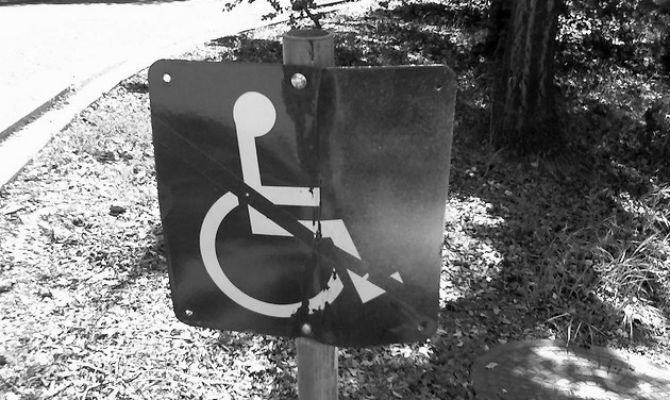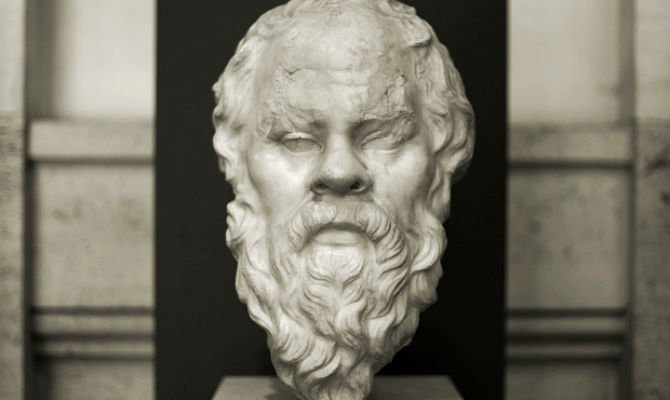When education is widely accessible, poverty decreases as people become more capable and aware. But too often throughout history, the most marginalized populations have received the worst educations, which ingrains a hard-to-break cycle of poverty.
Students in poor communities throughout the world deserve the same access to educational resources as their peers in wealthier communities.
Here are some pioneers who sought to empower the marginalized through education:
1. Paulo Freire

Paulo Freire grew aggravated with the standard “factory” model of education when teaching poor adults how to read in Brazil in the 1960s and 70s.
Merely passing off information from set curriculums didn’t seem sufficient for lifting the students out of poverty. Education should be empowering and a great social leveler, Freire thought.
To this end, he developed a collaborative approach to learning that helps a student understand the socioeconomic position she finds herself in. Students collaborate on the curriculum by observing the situations they find themselves in and noting existing barriers.
For instance, a student who does not have access to clean water, sanitation and electricity would examine what historical decisions and movements led to this injustice.
2. Margaret Bancroft

Margaret Bancroft was one of the first educators to realize that mentally disabled students had special needs and deserved a customized learning environment. At the time, disabled children were routinely institutionalized.
This led her to create the Bancroft Training School in Haddonfield that adapted to the students’ limited capabilities while building up their innate skills.
Students learned about exercise, nutrition and various educational tasks to gain a degree of independence.
She also raised public awareness for children with special needs, which helped to dramatically improve special needs education.
3. Maria Montessori

As one of the first professionally accredited female doctors in Italy, Maria Montessori was sent to care for patients at a mental institution. Here, she developed a passion for tailoring education to the individual needs of each student.
Soon, she opened a daycare center in one of the poorest sections of Rome and began developing her ideas, placing an emphasis on independence, collaboration and discovery.
Instead of receiving direct, structured education, students build toward solutions by working with materials.
Montessori influenced countless “alternative” schooling methods that cater mostly to the elite, but her ideas can be used to empower the poor and disconnected by teaching them how to devise sensible solutions to the problems of poverty.
Of course, this model cannot simply be plopped down in a poor community and left alone. Buildings, school supplies and paid teachers are an integral part of the Montessori model.
4. Socrates

You’d have to travel pretty far back in history to encounter Socrates. But there he was, strolling among the pillars and courtyards, lecturing people on philosophy, ruffling feathers.
Socrates isn’t some irrelevant figure, a dusty statue in a museum. The Socratic Method of inquiry is still very much relevant today. Essentially, a student presents a piece of knowledge that the teacher then challenges with a series of questions intended to eliminate misconceptions and sharpen focus.
The Socratic Method allows a student to recognize that any bit of knowledge is multifaceted and should be analyzed. Consequently, a deeper appreciation for the complexity of life and a habit of thoughtfulness can emerge--traits that are essential for every global citizen.
The benefits of education are far-ranging. 12 percent of people could be lifted out of poverty if everyone had basic reading skills.
A woman’s income can grow by 10 to 20 percent over her lifetime for each additional year of schooling she receives.
Malnutrition, infant mortality and maternal death all decrease when education increases. And the intangible benefits of education are numerous: students can receive greater awareness of their place in the world, feel greater control over their lives and pursue opportunities that would have otherwise remained shrouded in darkness.
Worldwide, 61 million children are not in primary school and around 775 million adults are illiterate. These numbers hold the world back and limit the potential of countless people.
As countries continue to extend schooling to the world’s poorest, it will be useful to look back on pioneers who sought to empower students of all backgrounds and draw on some of their methods.
TAKE ACTION NOW by calling on Prime Minister Erna Solberg of Norway to get world leaders to invest in education for all.